Crypto Token Legitimacy Assessment
Evaluate Crypto Token Legitimacy
This tool helps you determine if a cryptocurrency token is legitimate or potentially a vaporware scam based on key criteria from industry standards.
Project Quantum (QBIT) sounds like the next big thing in gaming and crypto. A AAA game built on Unreal Engine 5? A token that rewards players just for playing? It’s tempting to believe - until you dig into the facts. As of November 2025, Project Quantum has no live game, zero trading volume, and a token price so low it’s nearly meaningless. This isn’t a success story. It’s a cautionary tale about hype masquerading as innovation.
What is QBIT, really?
QBIT is a BEP-20 token built on the Binance Smart Chain. It’s meant to be the currency inside a fictional game called Project Quantum - a sci-fi MMOFPS where players hunt monsters, mine resources, and trade gear with real-world value. Sounds cool? Maybe. But there’s no game to play. Not even a beta. Not even a demo. The project, led by Fraser Gordon and his team at Quantum Works, claims they’re building a custom Unreal Engine 5 plugin to link blockchain data with gameplay. But as of now, that plugin doesn’t exist outside of presentations and YouTube videos.
The tokenomics are complex on paper. Every time QBIT is traded, 10% is taken as a tax: 3.5% goes to BNB, 3.5% gets reinvested into the game economy (hypothetically), and 3% is distributed to token holders. Sounds fair? Except there’s no economy to reinvest into. No players. No items. No marketplace. The whole system is a loop with nothing inside it.
The price of QBIT: A ghost number
CoinMarketCap lists QBIT at $0.0000001786 USD. That’s less than one ten-millionth of a cent. Other sites give wildly different numbers: Bitscreener says $0.0000017, Holder.io claims 0.00017 cents - which is actually lower than CoinMarketCap’s figure. These aren’t minor discrepancies. They’re signs of a token with no real market. No buyers. No sellers. No liquidity.
And that’s why the 24-hour trading volume is $0. Zero. Not $500. Not $5. Zero. If no one is buying or selling, the price is just a number someone typed into a database. It’s not a market. It’s a placeholder.
Where can you buy QBIT?
You won’t find QBIT on Binance, Coinbase, or any major exchange. The official Binance guide even says: “Project Quantum (QBIT) Not listed.” So how do you get it? Through decentralized exchanges like PancakeSwap - but only if you’re willing to deal with extreme slippage, high fees, and the risk of buying from a scam. The YouTube videos promoting QBIT openly admit they’re “for entertainment purposes only” and “not financial advice.” That’s not a disclaimer. It’s a warning.
The project’s website, quantumworks.co.uk, supposedly has a buying guide. But when you visit it, you’ll find little more than a pitch video and a link to buy QBIT on PancakeSwap. No whitepaper. No roadmap. No team bios with verifiable experience. Just a promise.
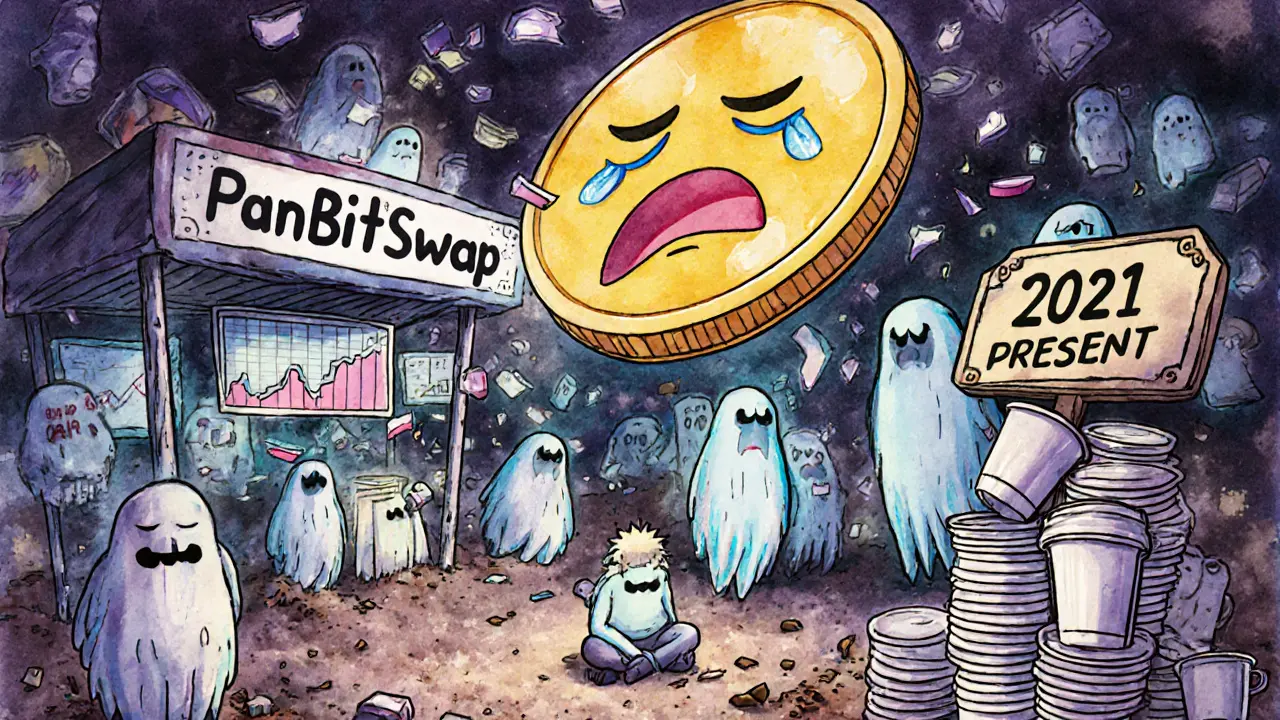
Is Project Quantum even real?
The team claims to be international. The founder, Fraser Gordon, says he’s based in Scotland. But there’s no public record of Quantum Works as a registered company. No LinkedIn profiles for key developers. No GitHub activity beyond a single repository with no commits in over a year. The Reddit and Twitter accounts exist, but they’re quiet. No updates. No community discussions. No player testimonials.
Compare this to real blockchain games like Axie Infinity or The Sandbox. They have thousands of active players, millions in daily trading volume, and public financial reports. Project Quantum has none of that. It’s a concept with no execution. A vision with no product.
Why do people still talk about it?
Because the story is seductive. Who doesn’t want to play a cutting-edge game and earn real money while doing it? The promise of “AAA gaming meets crypto” is powerful. It taps into two booming industries - gaming and blockchain - and suggests you can be part of both.
But that’s exactly why it’s dangerous. Scammers know this. They use flashy promises, fake price charts, and YouTube influencers to create the illusion of momentum. When a token has no trading volume but a price listed on CoinMarketCap, it’s often because bots are manipulating the numbers. Or worse - it’s a rug pull waiting to happen.
Price predictions like “QBIT could hit $0.0006804 by 2050” are meaningless. They’re generated by algorithms that assume linear growth from zero. That’s not forecasting. That’s fantasy.
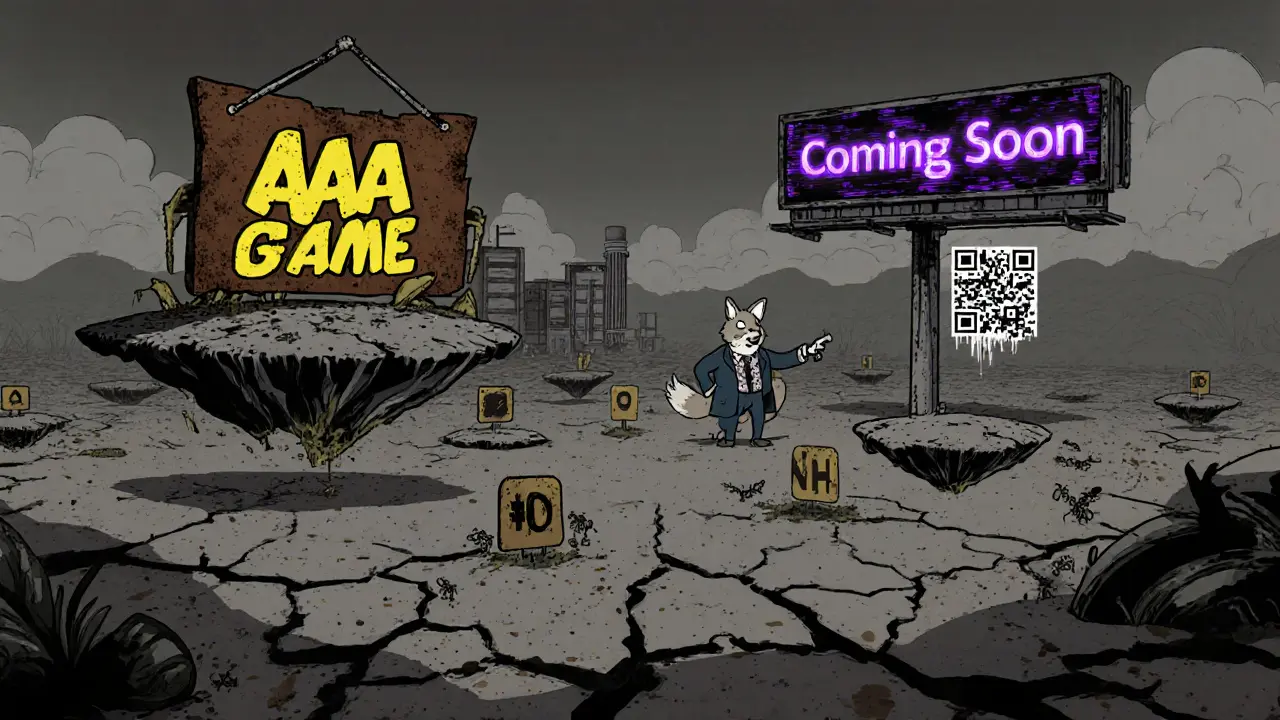
How does QBIT compare to other gaming tokens?
Here’s the reality check:
| Project | Token | Trading Volume (24h) | Market Cap | Game Status |
|---|---|---|---|---|
| Project Quantum | QBIT | $0 | Undisclosed (Rank #6653) | Unreleased, no demo |
| Axie Infinity | AXS | $12.5M+ | $420M+ | Live since 2018, 2M+ daily players |
| The Sandbox | SAND | $18M+ | $800M+ | Live since 2021, active metaverse |
| Gala Games | GALA | $9M+ | $500M+ | Multiple live games, 1.5M+ users |
QBIT doesn’t just trail behind these projects - it doesn’t even share the same category. The others have real players, real economies, and real revenue. QBIT has a video, a token address, and a dream.
Should you invest in QBIT?
No.
Not because it’s illegal. Not because it’s definitely a scam. But because it has no foundation. Investing in QBIT is like buying shares in a company that hasn’t built its first product yet - and has no timeline for doing so. There’s no way to assess risk, potential, or value. The token’s price could drop to zero tomorrow and no one would be surprised.
If you’re interested in blockchain gaming, there are dozens of legitimate projects with proven track records. Spend your time and money there. Don’t chase a ghost.
What’s the future of Project Quantum?
Right now, the future looks bleak. Without a working game, a team with public credibility, or any real trading activity, the project has no path forward. The YouTube interviews and promotional content will eventually fade. The social media accounts will go silent. The token will vanish from CoinMarketCap - or worse, remain as a dead listing, a warning to others.
Project Quantum isn’t ahead of its time. It’s stuck in the planning phase, and it’s been there since 2021. That’s four years of promises without progress. In crypto, that’s an eternity.
If you’re considering getting involved, ask yourself this: Would you invest in a startup that hasn’t released a product, has no customers, and can’t prove its team exists? In the real world, that’s called a red flag. In crypto, it’s called QBIT.
Is Project Quantum (QBIT) a scam?
There’s no proof it’s a deliberate scam, but it has all the hallmarks of one: no product, zero trading volume, fake price data, and promotional videos that disclaim financial advice. It’s more accurately described as a vaporware project - something sold on promise alone. Many investors lose money on these types of tokens because they mistake hype for legitimacy.
Can I buy QBIT on Binance or Coinbase?
No. Neither Binance nor Coinbase lists QBIT. The only way to buy it is through decentralized exchanges like PancakeSwap, which requires a crypto wallet and carries high risk due to low liquidity and potential scams. Most reputable exchanges won’t list a token with $0 trading volume and no active development.
Why is QBIT listed on CoinMarketCap if it’s not traded?
CoinMarketCap allows tokens to be listed if they have a public blockchain address and some form of price data - even if it’s from a single, low-volume DEX. This doesn’t mean the token is legitimate or active. Many dead or fake tokens remain listed because the platform doesn’t verify real usage - only technical existence.
Is there a working game for Project Quantum?
No. Despite claims since 2021, there is no playable version of Project Quantum. No beta, no demo, no screenshots from real players. The only visual content comes from promotional videos and concept art. Without a game, QBIT has no utility - it’s just a digital token with no purpose.
What should I do if I already bought QBIT?
If you bought QBIT, treat it as a total loss. Do not add more money. Do not wait for a “big pump.” The token has no liquidity, no community, and no development. Selling it now may be your only option - even if you lose everything. Holding it won’t make it valuable. The only chance of recovery is if a legitimate team takes over and rebuilds the project - which hasn’t happened in four years.
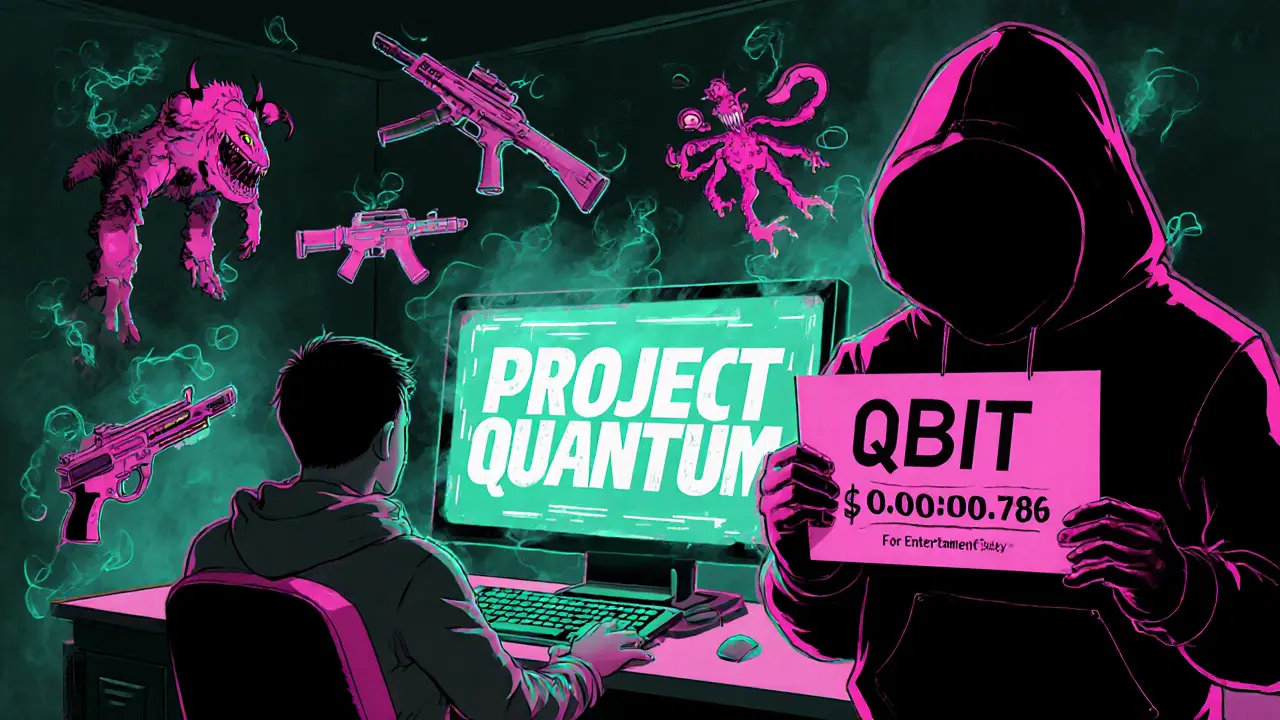
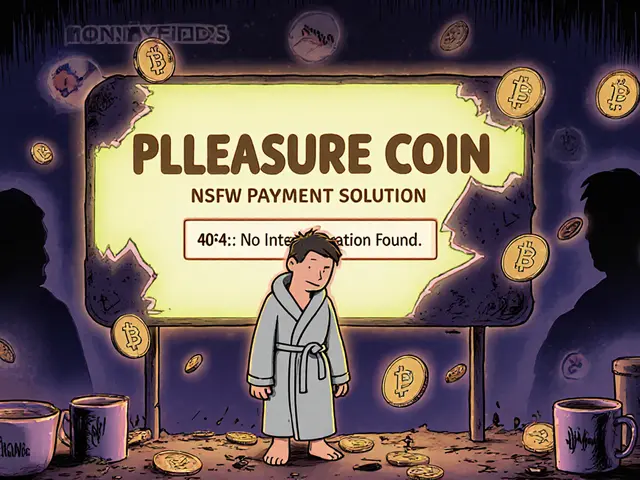
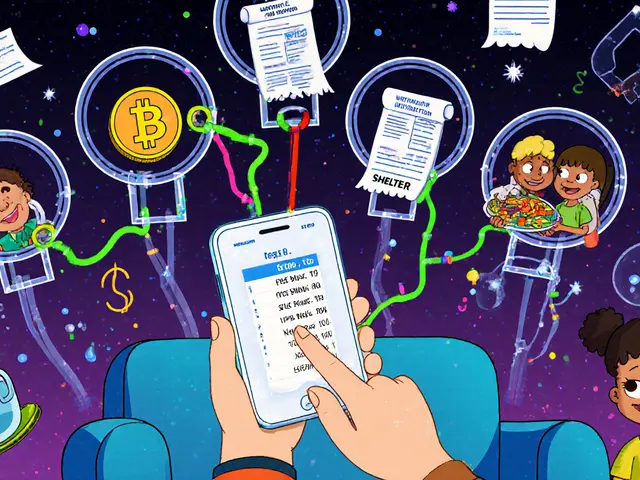
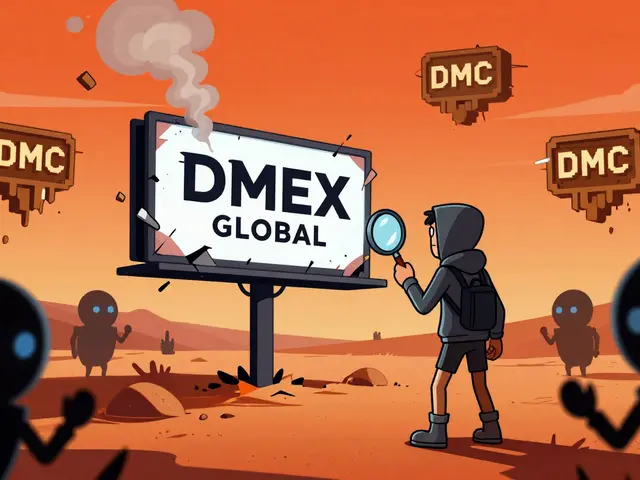

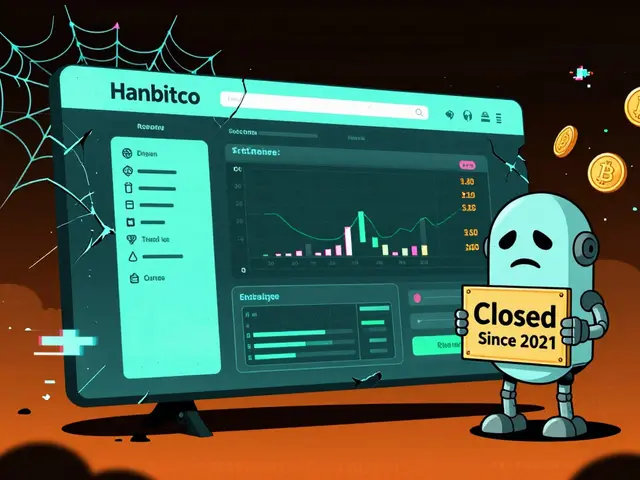
Cherbey Gift
QBIT is just digital confetti thrown at a funeral of a dream that never woke up.
People treat crypto like a lottery where the ticket costs your sanity.
I saw a guy cry because his QBIT dropped from 0.00000018 to 0.00000017. He said it felt like losing a pet.
That’s the real tragedy here - not the money, but the hope.
We’ve turned investing into emotional performance art.
And we’re all actors in a play where the script was written by a bot.
Project Quantum? More like Project Delusion.
At least ghosts have stories. This? Just a .json file with a vibe.